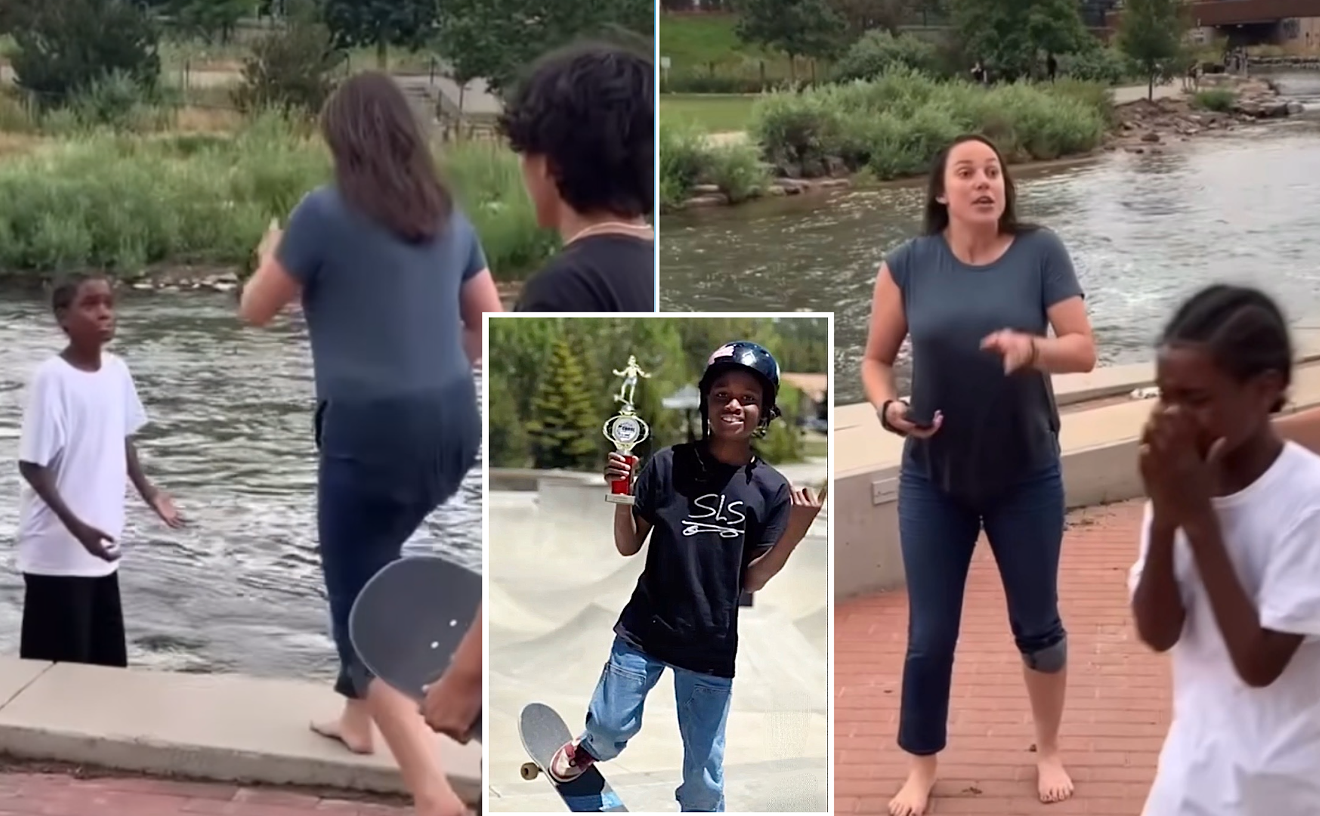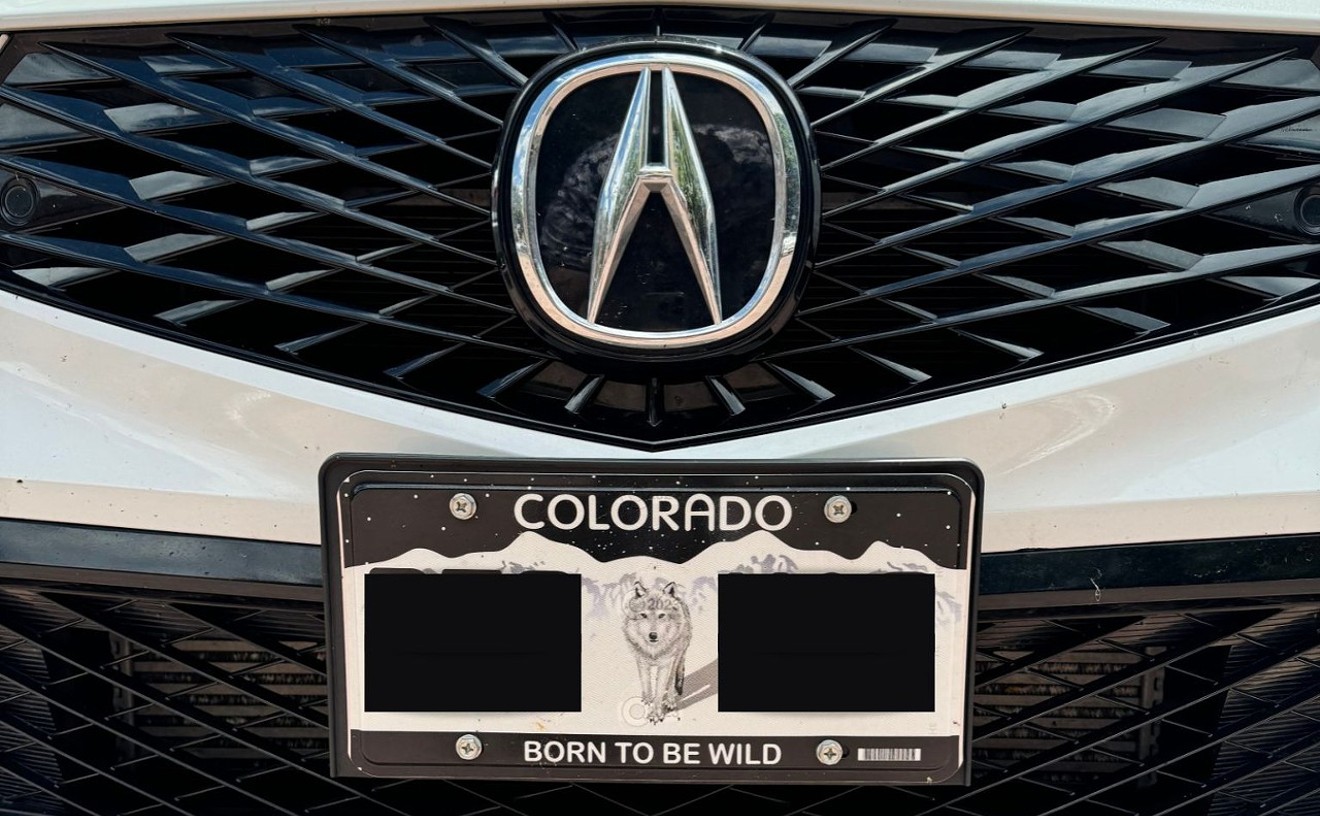This is the third in a series regarding pending lawsuits against Denver connected to the 2020 George Floyd protests. Click to read part one, "Lawsuit Time Bomb That Could Explode on Denver's Next Mayor," and part two, "Michael Driscoll's George Floyd Protest Lawsuit, Possible Cost to Denver."
Denver has settled three lawsuits related to the 2020 George Floyd demonstrations and was also hit with a $14 million judgment after a trial in March. But at least 23 more complaints involving in excess of 120 plaintiffs remain active, including three filed by attorney Milo Schwab of Ascend Counsel, who says that liability for these suits could be "staggering."
One of the complaints being handled by Schwab — it was filed on May 27 of this year — stands out owing to its large number of named plaintiffs. What happened to Marquis Dominick, Brett Rios, Alex Hickman, Tashari Sellers, Raymond Schwab, Jesse Friedman, Susan McKillips, Ryan Kehoe, Adam Bentch, Patricia Koo, Isis Usborne, Kristen Klotzer and Joe Sazuszwala is summarized in a section headed "Thirteen Plaintiffs Are Brutalized for Their Political Expression."
"They're from all walks of life," Schwab says, "and they had different experiences. But a lot about them was similar."
Dominick's story begins on May 30, 2020. "He's a Black man, and he showed up wearing a shirt that had 'Say Their Names' and the names of Black people killed by police on one side, and 'Black Target' on the other side," Schwab notes.
Assorted law enforcement officials apparently saw the latter slogan as a suggestion, since several of them allegedly threw gas canisters and flash-bang grenades at Dominick, as well as repeatedly shooting him with pepper balls and dousing him with pepper spray. In the process, they blew holes in a jug of milk he'd brought with him, along with other medical supplies to help with the chemical burns suffered by fellow demonstrators, the lawsuit claims.
Alex Hickman "is also a Black man," Schwab continues, and on the evening of May 31, "he was sitting down, having a smoke when police drove through. And without getting out of his car, an officer shot a rubber bullet at him. He still has the bullet; it caused a four-inch contusion in his back. So it was basically a drive-by — a shoot-and-run."
"We've got photographers who were targeted," Schwab adds, citing Rios, Bentch and Koo. McKillups is "a 69-year-old woman who cut her teeth protesting in the 1960s who had tear-gas canisters shot at her," he says. And Sellers and Klotzer were arrested for breaking park curfew for taking a knee and putting their fists in the air. I've never seen a park curfew used like that, as a basis for arresting people." The charges against Sellers and Klotzer were eventually dropped.
Other episodes from late May recounted in the complaint are just as vivid. Raymond Schwab, accompanied by his stepson, was shot multiple times with pepper balls while livestreaming the activities, causing him to develop PTSD. Friedman thinks he was singled out by cops for recording video of the proceedings; he was struck by pepper balls and a rubber bullet, and a flash-bang grenade exploded very close to him. Kehoe was pepper-balled in the back while running away from the chaos, even though he hadn't committed a crime. Usborne was tear-gassed and shoved to the ground after complaining about the mistreatment of a Black friend. And Szuszwalak was bombarded while kneeling with a group and chanting, "Hands up, don't shoot," according to the suit.
"It's wild to see the variety of people this happened to — young people, old people, Black people, Hispanic people, veterans — and the ways in which they were retaliated against," Schwab notes. "The list goes on and on."
Moreover, he believes that the thirteen plaintiffs represent many others. "Throughout these lawsuits, there are over a hundred people who have pursued their rights, but probably thousands and thousands who had the same kinds of things happen to them and, for one reason or another, decided not to pursue it, and I understand that," he says. "But you would hope the city and the police department itself would want to investigate these things anyway, because pursuing a lawsuit shouldn't be the only way to vindicate your rights.
"I hope this isn't a closed question," he concludes. "The police department should care about it instead of only viewing it in a defensive mode — as something they need to defend against. They should have a real concern about the kind of officers they're putting out on the streets."
Denver agencies haven't commented on the lawsuit, citing pending litigation. Click to read Marquis Dominick, et al., v. City and County of Denver, et al.
[
{
"name": "Air - MediumRectangle - Inline Content - Mobile Display Size",
"component": "12017618",
"insertPoint": "2",
"requiredCountToDisplay": "2",
"watchElement": ".fdn-content-body",
"astAdList": [
{
"adType": "rectangle",
"displayTargets": "mobile"
}
]
},{
"name": "Editor Picks",
"component": "17242653",
"insertPoint": "4",
"requiredCountToDisplay": "1",
"watchElement": ".fdn-content-body",
"astAdList": [
{
"adType": "rectangle",
"displayTargets": "desktop|tablet"
},{
"adType": "rectangle",
"displayTargets": "desktop|tablet|mobile"
}
]
},{
"name": "Inline Links",
"component": "18838239",
"insertPoint": "8th",
"startingPoint": 8,
"requiredCountToDisplay": "7",
"maxInsertions": 25
},{
"name": "Air - MediumRectangle - Combo - Inline Content",
"component": "17261320",
"insertPoint": "8th",
"startingPoint": 8,
"requiredCountToDisplay": "7",
"maxInsertions": 25,
"watchElement": ".fdn-content-body",
"astAdList": [
{
"adType": "rectangle",
"displayTargets": "desktop|tablet"
},{
"adType": "rectangle",
"displayTargets": "desktop|tablet|mobile"
}
]
},{
"name": "Inline Links",
"component": "18838239",
"insertPoint": "8th",
"startingPoint": 12,
"requiredCountToDisplay": "11",
"maxInsertions": 25
},{
"name": "Air - Leaderboard Tower - Combo - Inline Content",
"component": "17261321",
"insertPoint": "8th",
"startingPoint": 12,
"requiredCountToDisplay": "11",
"maxInsertions": 25,
"watchElement": ".fdn-content-body",
"astAdList": [
{
"adType": "leaderboardInlineContent",
"displayTargets": "desktop|tablet"
},{
"adType": "tower",
"displayTargets": "mobile"
}
]
}
]













